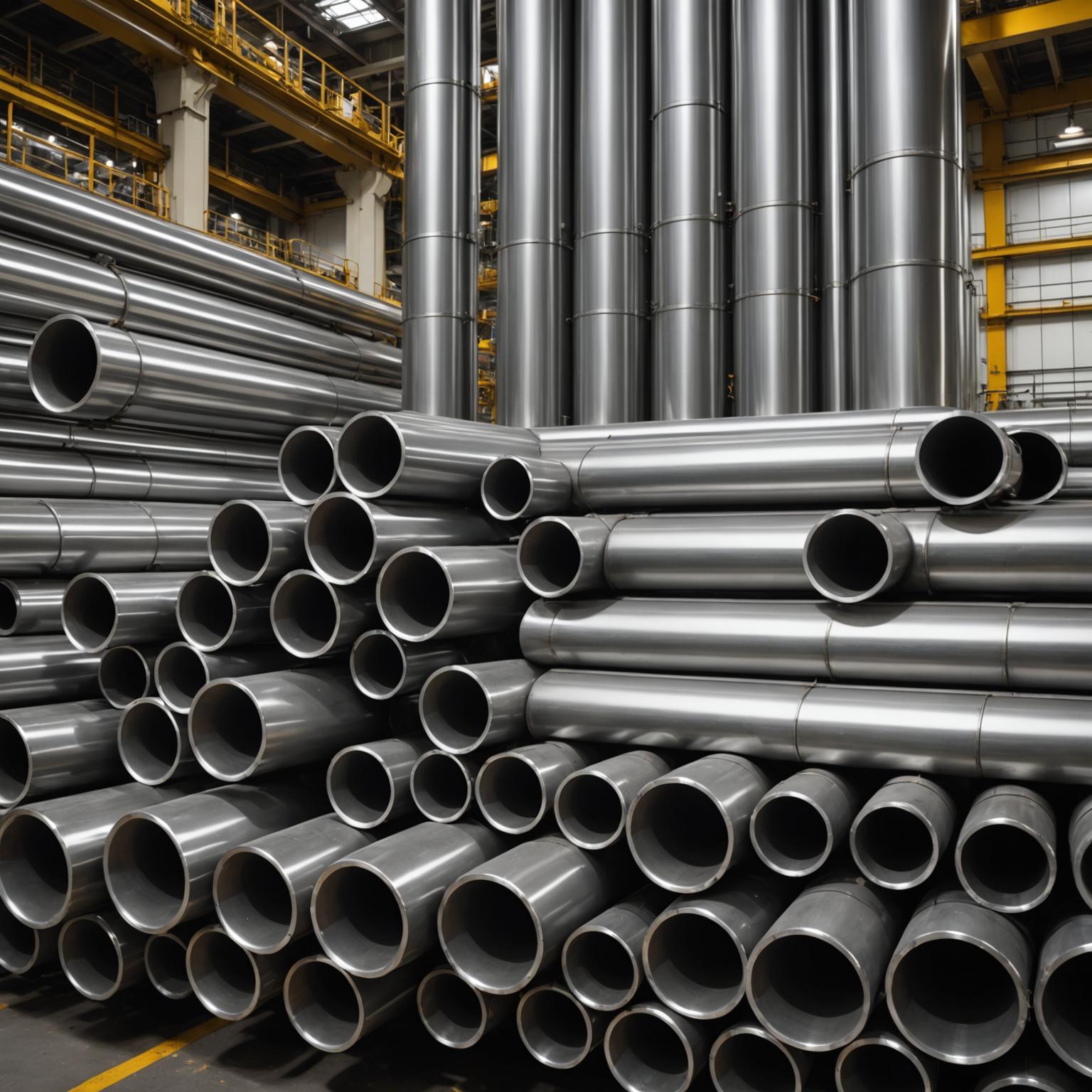How to Pickle and Passivate?
Pickling and passivation are crucial processes in the finishing of stainless steel pipes, especially after welding. These processes help restore the corrosion-resistant properties of the stainless steel surface by removing impurities and forming a protective oxide layer. Whether you're working with our state-of-the-art stainless steel tubes or any other variety, understanding how to effectively pickle and passivate post-welding is essential.

Importance After Stainless Steel Pipe Welding
After the welding of stainless steel pipes, the heat generated can cause changes in the material's surface. Oxide scale, discoloration, and reduced corrosion resistance are common issues that arise. Therefore, conducting pickling and passivation is vital to ensure the longevity and performance of the pipes. Conducting these steps aids in cleaning the surface, removing contaminants and oxide layers, and restoring the chromium oxide layer responsible for stainless steel's resistance to corrosion.
Pickling Process
Start by cleaning the welded area thoroughly with a rag or brush. For pickling, prepare a solution typically comprised of hydrofluoric acid and nitric acid. It's fundamental to wear appropriate safety gear when handling these chemicals, as they can be corrosive and dangerous. Apply the pickling solution to the surface and let it sit for a prescribed period, allowing the acids to eat away the unwanted scale and oxides.
After the application time, rinse the stainless steel thoroughly with water to remove the residue of the acids. This step ensures no leftover acid remains on the surface, which can further react and damage the material.
Passivation Process
Once pickling is complete, move on to the passivation process. Passivation involves treating the stainless steel surface with an oxidizing acid, typically nitric acid, which helps form a protective layer of chromium oxide on the surface. This oxide layer is what provides the stainless steel its resistance to corrosion.
Apply the passivation solution to the stainless steel pipes and allow it to react with the surface. The length of time may vary based on the solution used and the specific stainless steel composition. After the passivation time, rinse the surface thoroughly to remove all traces of the passivation solution. This step prevents any possible contamination or damage from residual chemicals.
Benefits of Our Stainless Steel Tubes
Our stainless steel tubes represent the pinnacle of craftsmanship and contemporary design. Engineered with durability and precision, they are engineered to resist corrosion and wear significantly, making them ideal for the rigorous demands of industrial applications such as automotive, aerospace, and construction. Pickling and passivation further enhance these properties, promoting efficiency and style within your setup.
These processes not only extend the lifespan of the tubes but ensure they maintain their elegant finish, reflecting an immaculate shine in any industrial setting, including challenging environments where corrosion resistance is paramount.
Experience a fusion of technology, artistry, and practicality with our stainless steel tubes. Commitment to environmental responsibility combined with cutting-edge innovation ensures that our products are not just functional, but integral components in modern infrastructure. Join us in embracing a revolution in industrial material technology with the premium-grade strength and durability offered by our stainless steel pipes.








